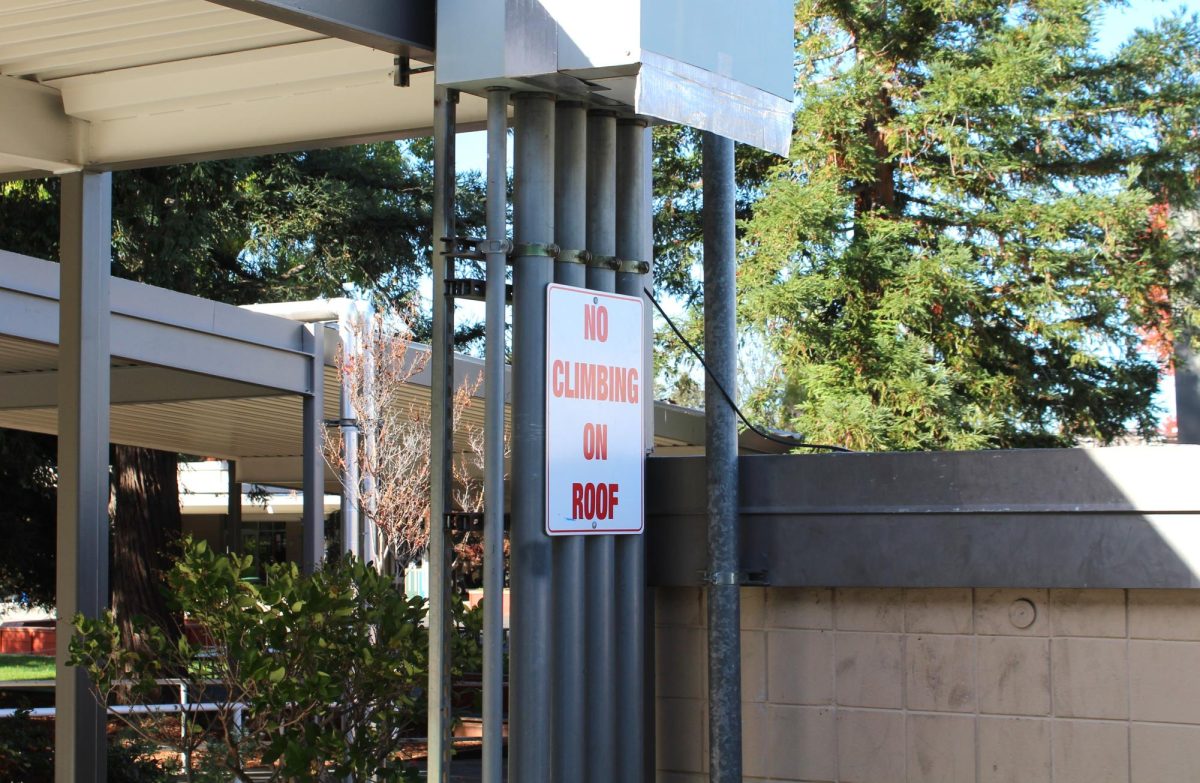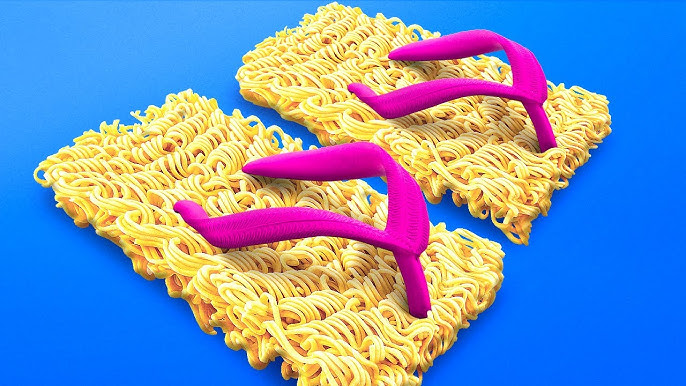At first, I didn’t know it was that bad. Don’t get me wrong, it was definitely painful, but nothing much worse than the normal knee agony after basketball practice.
It was last year. I was was practicing with the varsity basketball team one night during preseason. During layup lines, I leaped to finish my shot and landed with a straight leg, feeling a small tweak in my right knee. I had been shooting layups since I was 5, but this time, something felt wrong. The next thing I knew, I was on the ground holding my leg in pain.
Two weeks after the awkward landing, I went to a sports medicine doctor who told me I simply had a “tibia bone bruise.” I thought nothing of it, believing that the pain was resulting from my“Osgood Schlatter, a growth-related condition that I was diagnosed with in sixth grade that causes a painful bump near the front of the knee. Foolishly ignoring the symptoms and not consulting a second doctor, I unknowingly played through the injury for the entire season.
I probably would have continued to play if not for the overtime game against Santa Clara High, where my knee swelled nearly to the size of a basketball. The sports trainer, Liz Alves, suspected I had a torn meniscus and advised me to consult an orthopedic surgeon. I hoped she was wrong. A torn meniscus would mean that I would have to sit out the rest of the season.
Leading up to this injury, I had never had any surgeries or serious fractures, so I was quite nervous as I waited for my MRI results.
The moment I heard the news, my heart instantly dropped. I didn’t believe it at first. The report confirmed my worst fear: The injury was indeed a torn meniscus.
The next step was surgery. I always had a fear of surgery, due to the way it is portrayed in movies and TV shows. But looking back, I shouldn’t have been so afraid because it wasn’t very painful.
The most painful part of the surgery was the I.V., which took the nurses three tries to poke a hole in me. After that, all I remember is rolling into the operation room and waking up with a pounding headache.
I was scheduled to be on crutches for the first two weeks and only a knee brace for the following four weeks. The estimated recovery time: six to nine months. At the time it felt like centuries.
The first few weeks of the recovery were the hardest. I was forced to keep my knee brace on at all times and couldn’t move around without crutches. It was also annoying to take a shower — the slippery floor and the fact that I had to stand on one leg didn’t make it any easier.
I began a vigorous strengthening program with my physical therapist. My right quad had shrunk one-third of its original size, and I had to do a list of exercises every day.
The worst part about the injury was the inability to play basketball for six weeks. Before, I would shoot around on my driveway every day and play with my friends on the weekends, but after, I was confined to watching my teammates from the sidelines and devastated that I couldn’t be in the game to help my team.
The standard recovery process should have been six weeks, but my meniscus tear was slightly different. My doctor had repaired it in a way where there was only a small chance that blood flow would continue to circulate in the torn region and heal it. If not, I would have to get a second surgery cutting out part of the meniscus, which would lead to more problems like arthritis down the road.
Because I could not run for such a long time, I developed better shooting to compensate for my lack of speed. I still have not played a full game, but when I come back, I hope that I will be an even better and stronger player than before.
Although I did not wish for this injury, it has taught me perseverance and patience, and it gave a better ability to adapt to adversity.
I still have more recovery to do, but I can’t wait go back to crossing up amateurs on the court.

























